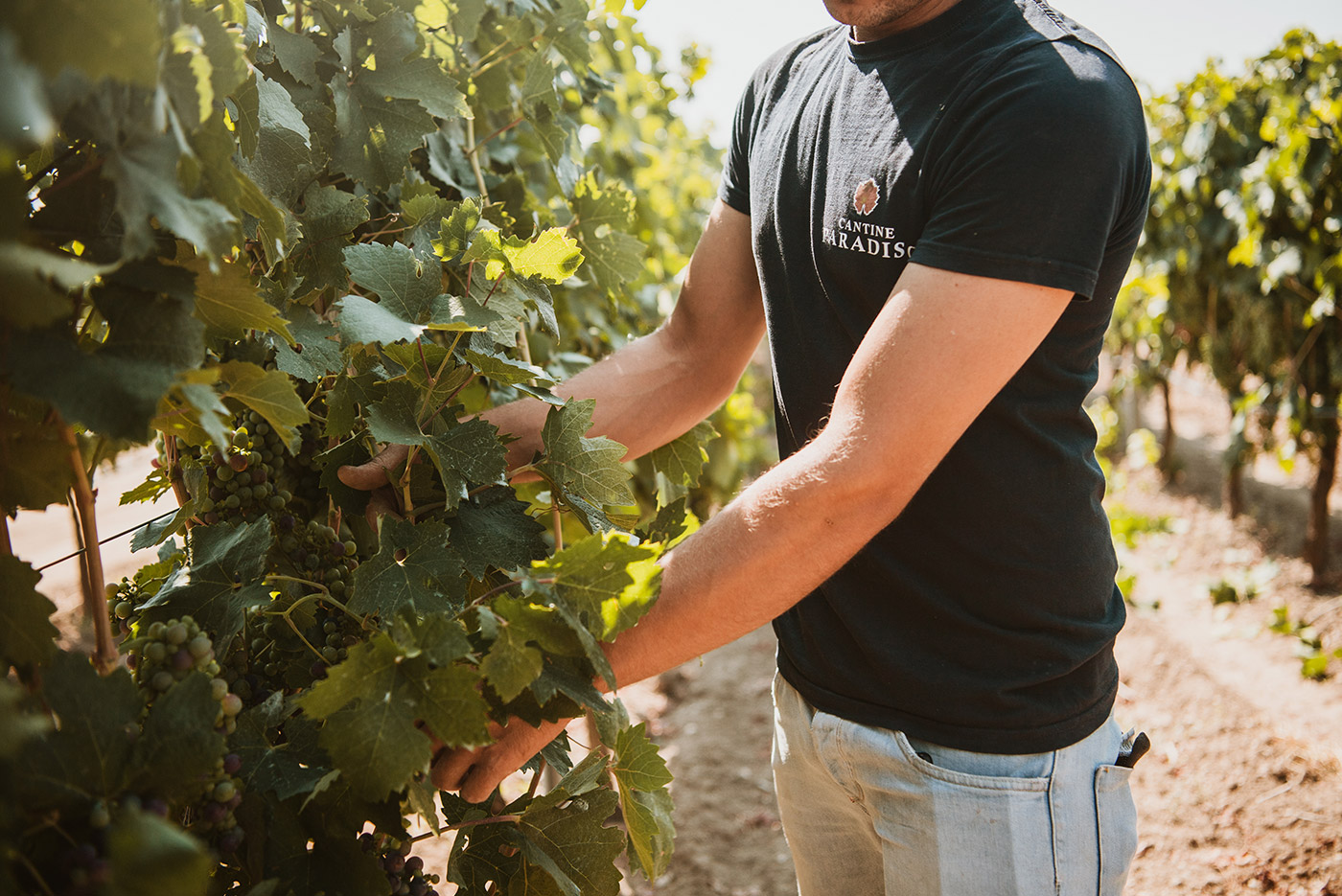Le fasi che caratterizzano uno dei momenti più particolari dell’agricoltura: la vendemmia.
La vendemmia è da sempre uno dei rituali dell’agricoltura più affascinanti. Dopo mesi durante i quali la vite viene curata e coccolata dalle mani dell’uomo, affinché dia frutti sani e buoni, iniziano le fasi della vendemmia: un momento importantissimo per la produzione del vino.
Le fasi della vendemmia: il periodo ideale
Sono tre i momenti dedicati alla vendemmia: agosto-settembre, settembre-ottobre e infine ottobre-novembre per le uve a maturazione tardiva. Il momento dell’anno ideale per raccogliere l’uva è dato dal perfetto grado di maturazione dell’acino, quando cioè il contenuto di zuccheri, acidità, pH e fenoli (per le uve a bacca scura) è in equilibrio tra loro.
La vendemmia si divide in tre fasi: raccolta, pigiatura, fermentazione e le ultime fasi che contraddistinguono la vinificazione.
La raccolta
La prima fase della vendemmia consiste nella raccolta dei grappoli d’uva. Questo passaggio può essere fatto manualmente o utilizzando una macchina vendemmiatrice che scuote la vite per far cadere più velocemente i grappoli.
All’uso della macchina, si privilegia sicuramemente la raccolta manuale dei grappoli per ottenere un vino di qualità. Infatti il contadino sceglie accuratamente i grappoli tra quelli che non presentano muffe o difetti e li taglia con apposite forbici, privandoli delle foglie.
I grappoli migliori vengono posti in cesti e poi svuotati in cassette più grandi per passare alla fase di vendemmia successiva.
La pigiatura
Il momento della pigiatura è sicuramente una delle fasi più liete perché, se svolta anche questa manualmente, riunisce grandi e bambini e tutta la comunità a partecipare alla vita di campagna. Nei tini si schiacchiano i chicchi d’uva per ottenere il mosto e passare alla fase successiva di fermentazione.
Anche in questa fase le macchine possono venirci in aiuto: con delle apposite pigiadiraspatrici si può contemporaneamente pigiare l’uva e scartare i raspi. Questi ultimi, se pigiati insieme all’uva, lascerebbero sostanze tanniche dal gusto legnoso e acre.
La fermentazione
L’ultima fase della vendemmia è quella della fermentazione, caratterizzata a sua volta da diverse fasi che determinano la qualità del prodotto finale. A seconda del tipo di vino che si vuole ottenere si lavora durante la fermentazione diversamente:
- per un vino rosso il mosto dell’uva deve rimanere a contatto con le bucce;
- il vino bianco si ottiene separando il mosto dalle bucce e dai vinaccioli;
- dopo un breve periodo di macerazione (24-36 ore) si ottengono vini rosati.
Infine si passa alla fase di rifermentazione e di invecchiamento che darà origine ai vini più diversi, dagli spumanti ai vini da meditazione. Prima che venga messo in commercio è necessario che passino da uno a tre mesi di attesa.

